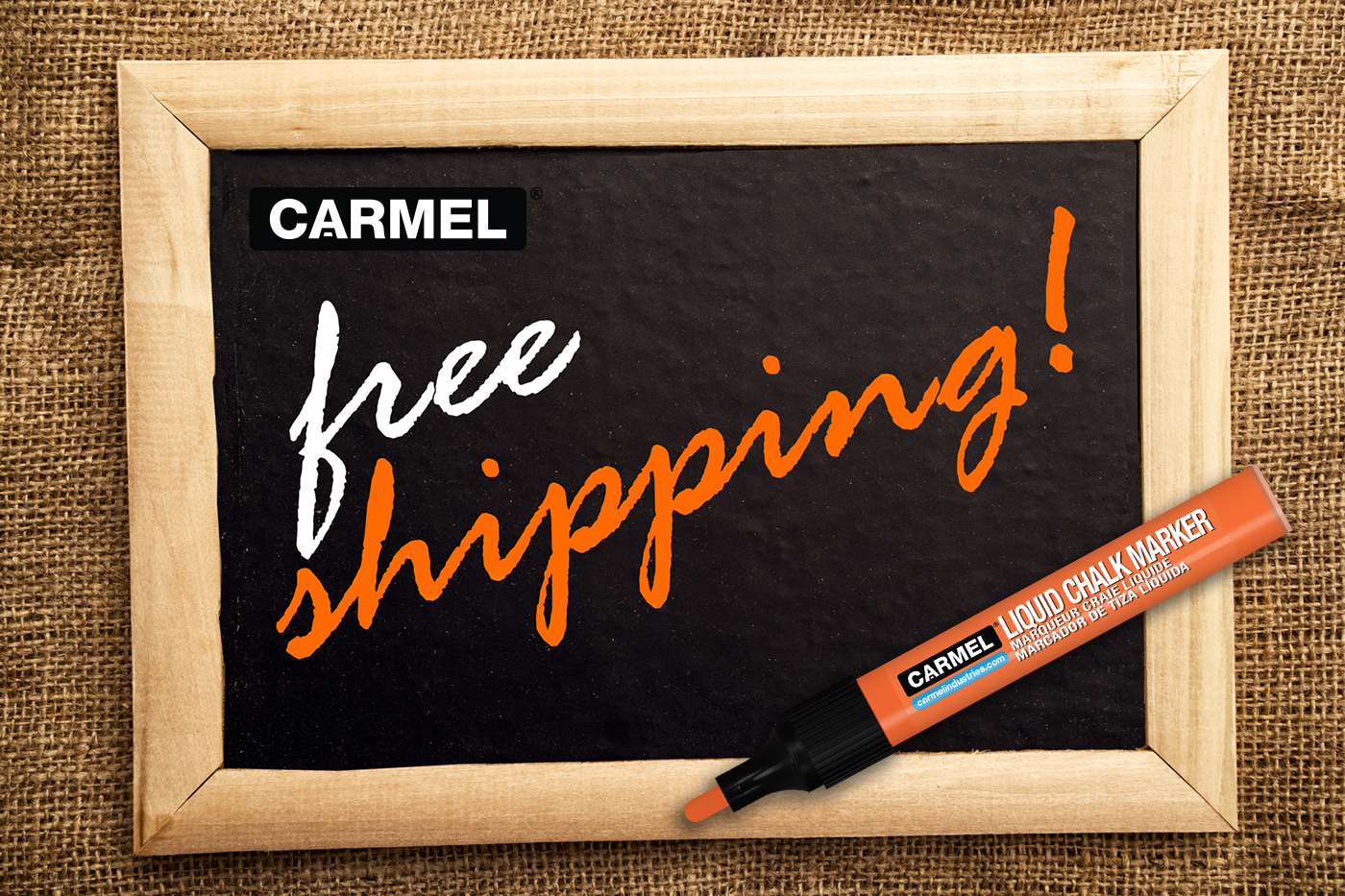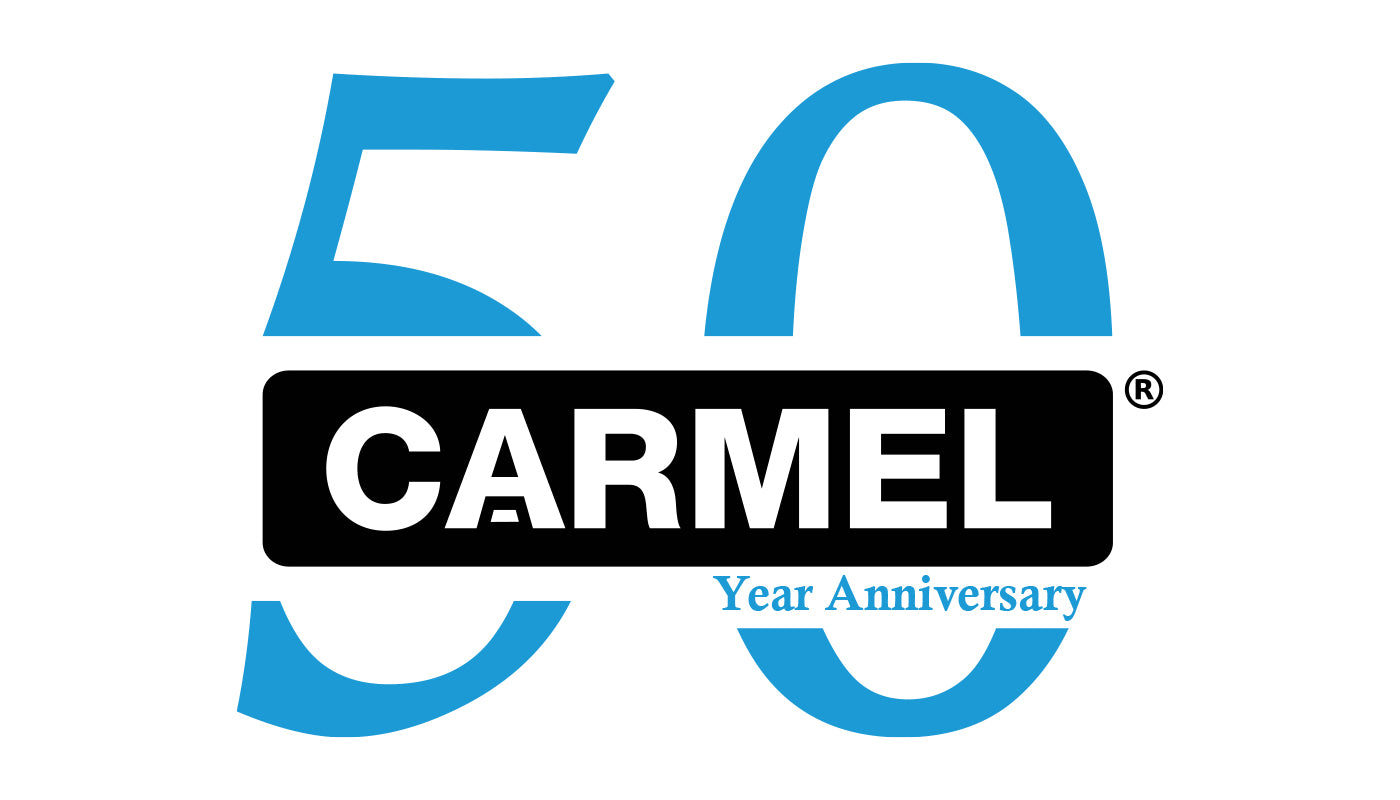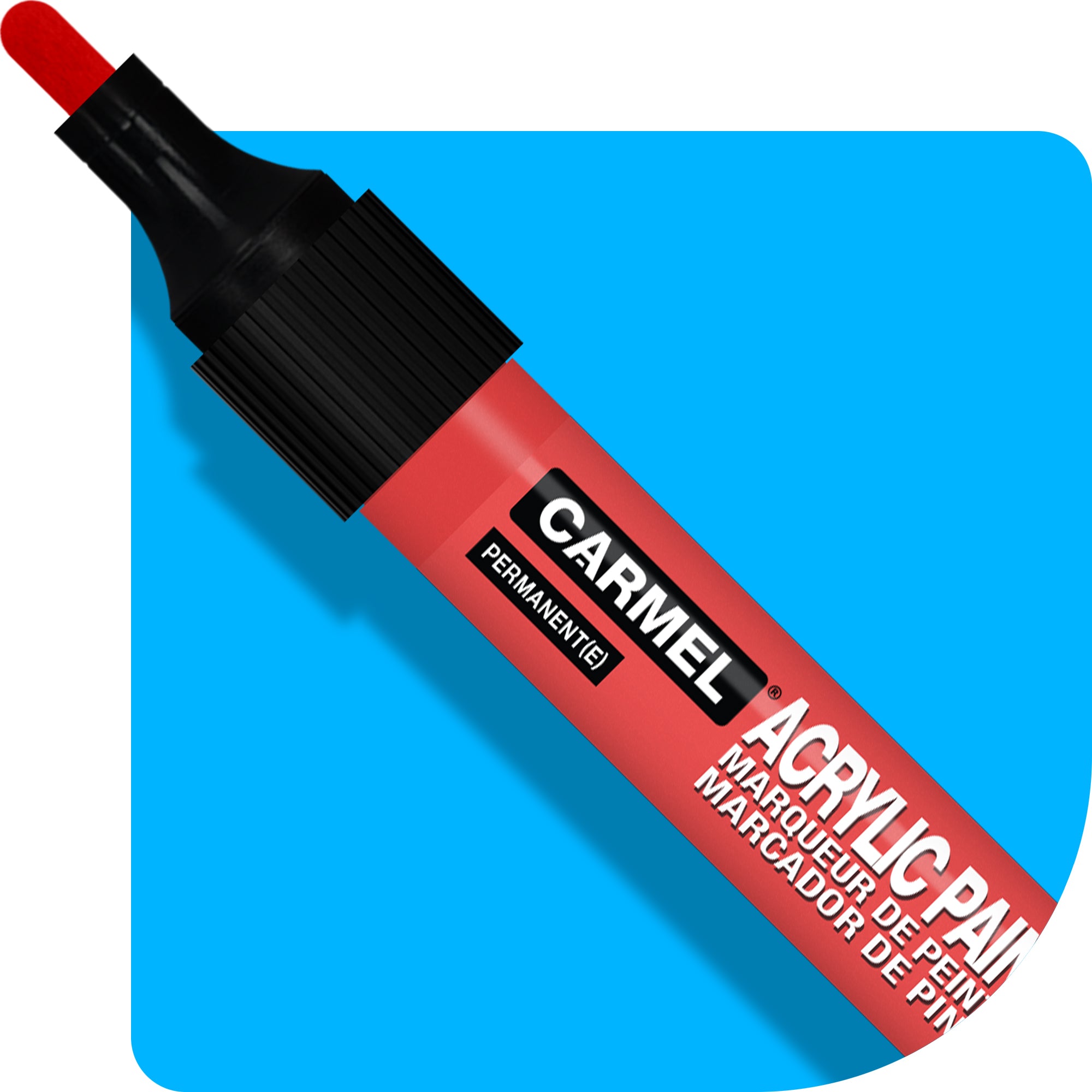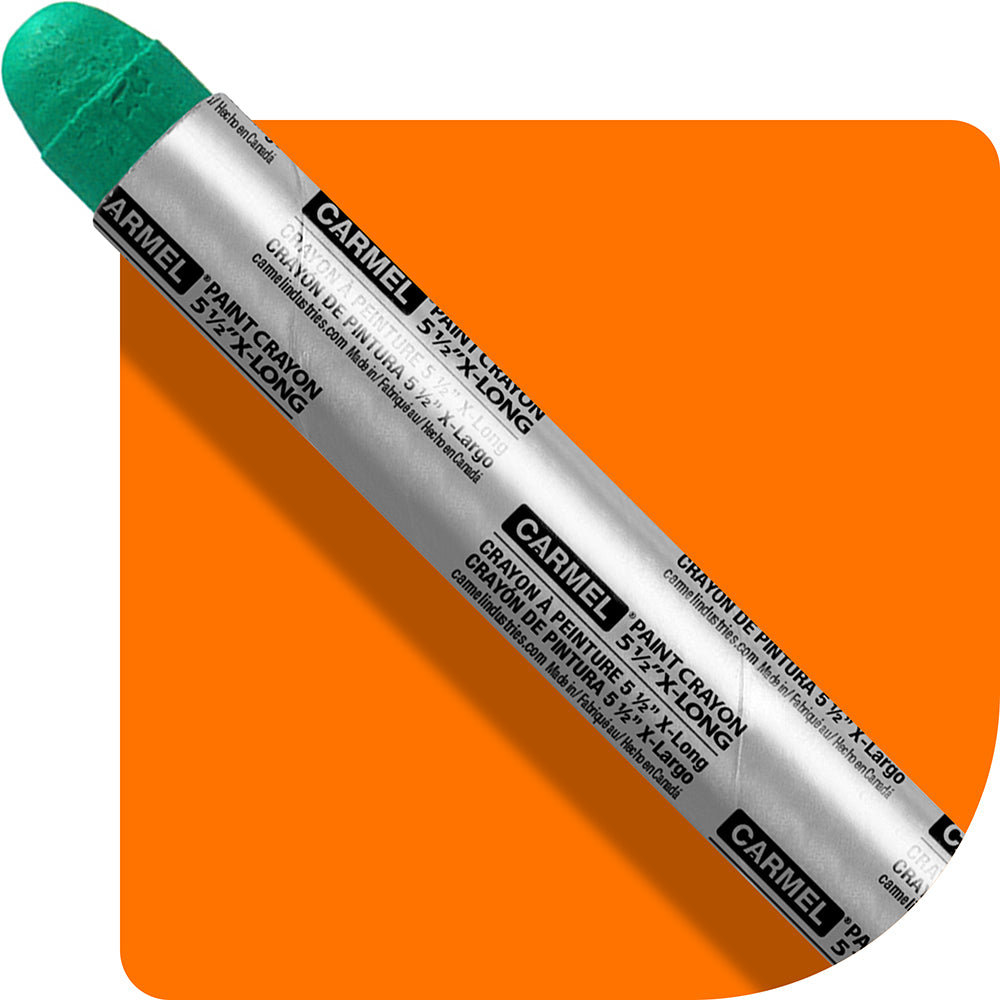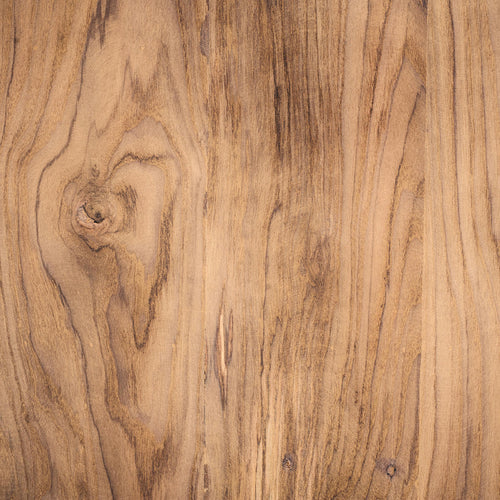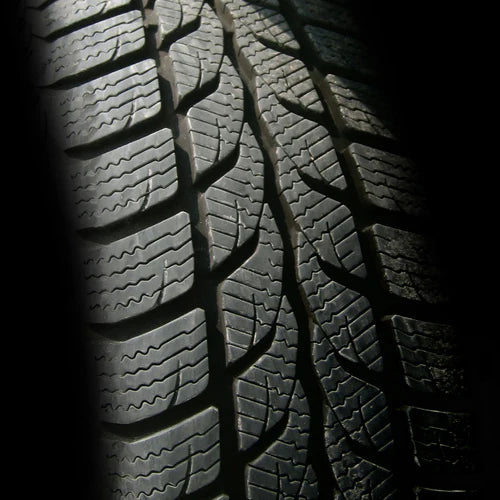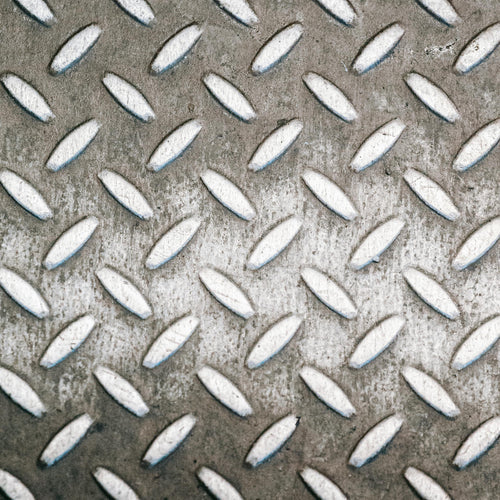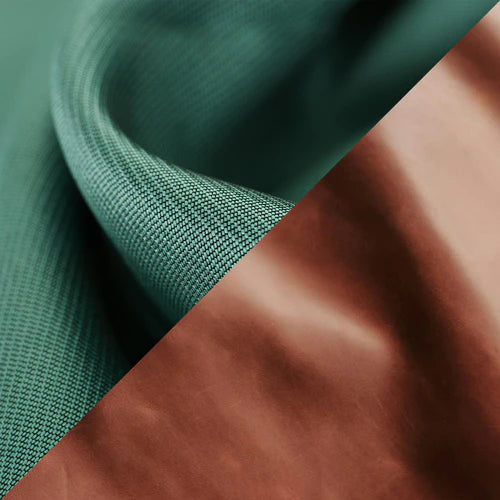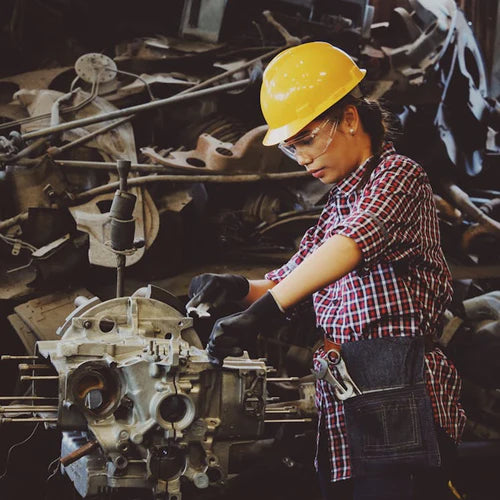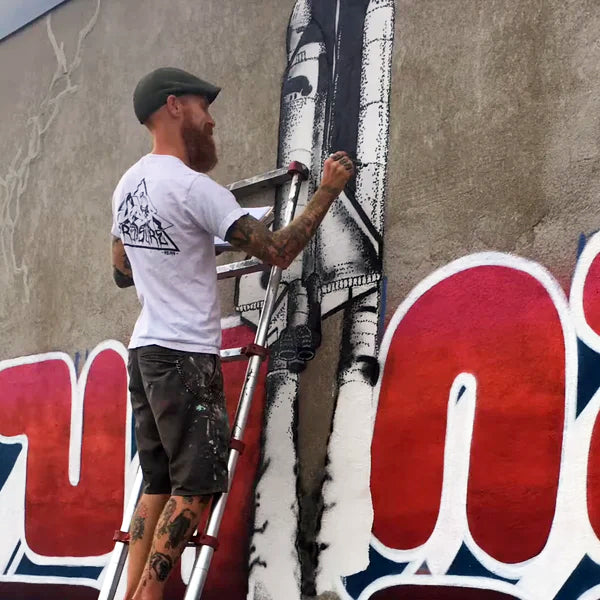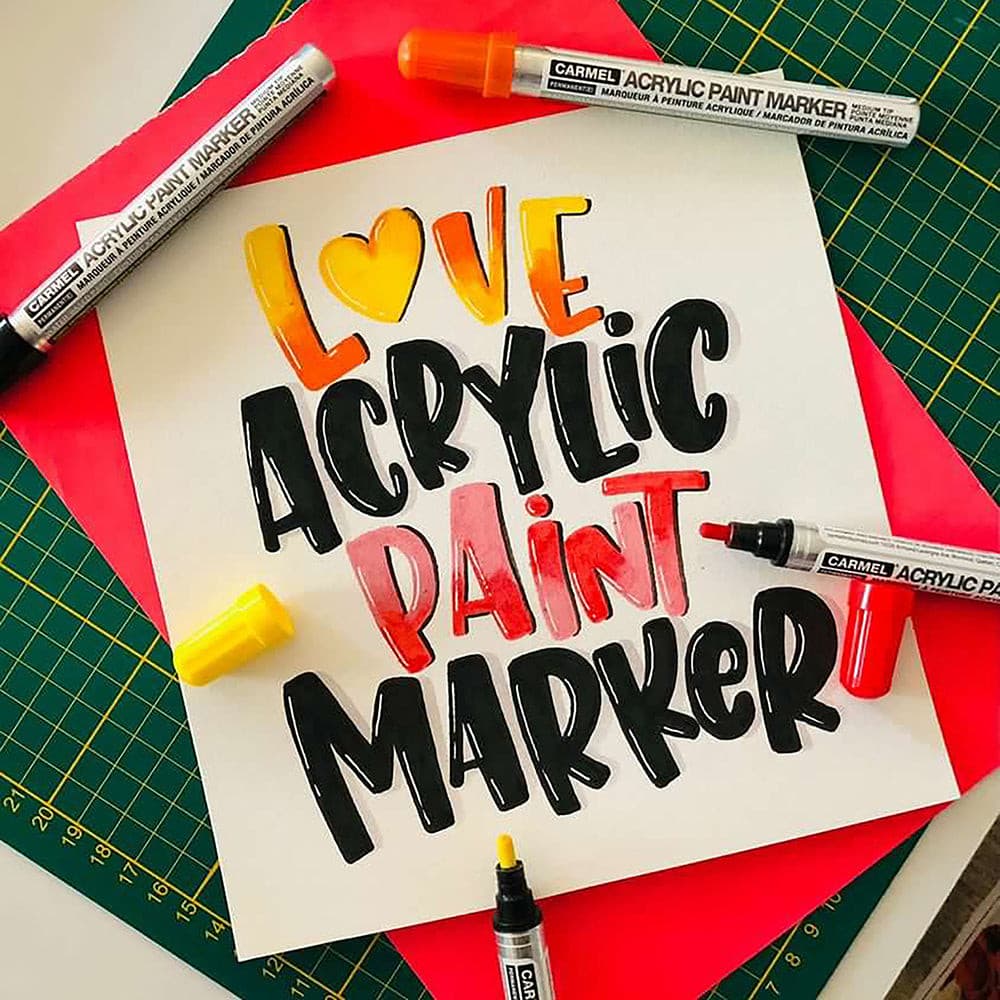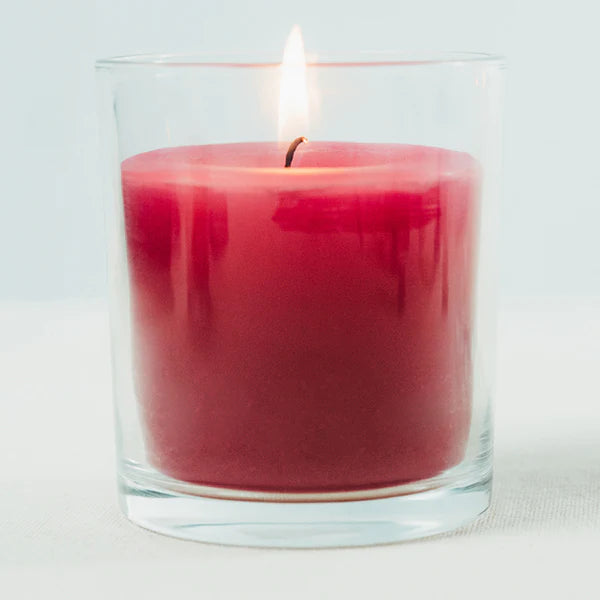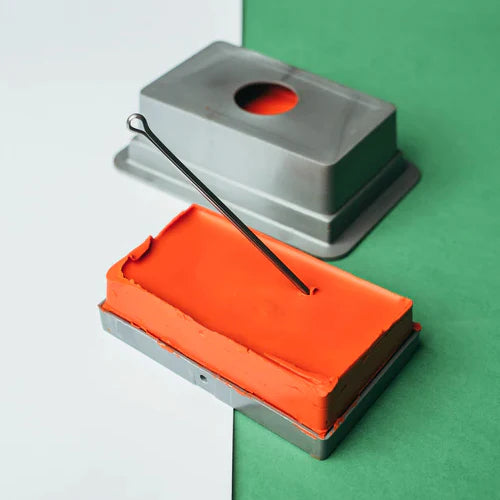Cheesemaking is as much about patience as it is about skill. After pressing and air-drying your curds, the aging process begins, this is where waxing becomes essential. While it might seem like a finishing touch, waxing plays a crucial role in protecting your cheese, maintaining its texture, and preserving its flavor.

Protecting Your Cheese During Aging
Hard and semi-hard cheeses are particularly susceptible to drying out or forming cracks during the aging process. Left unprotected, the exterior can become tough and dry, while the interior continues to mature unevenly. Waxing creates a protective barrier that keeps moisture in and shields the cheese from unwanted mold and bacteria.
For home and professional cheesemakers alike, using a reliable food-grade wax, such as Carmel Cheese Wax, can make a difference. Its pliable texture moves with the cheese as it ages, maintaining a consistent seal that helps the wheel or block age evenly.

Waxing Supports the Natural Aging Process
The beauty of waxing is that it doesn’t stop the cheese from maturing; it simply protects it while allowing natural processes to continue. By sealing the surface, you prevent the cheese from drying too quickly, ensuring the flavors develop fully and the texture remains smooth and creamy.
Many cheesemakers appreciate that high-quality wax, like Carmel Cheese Wax in bead form, can be easily melted and applied by dipping or brushing. This flexibility allows you to coat wheels or blocks evenly, providing a professional finish while still preserving the cheese’s natural character.

Simple Steps for Waxing Cheese
Even for beginners, waxing is straightforward:
-
Dry the Cheese
Let your cheese air-dry until the rind feels firm. This ensures the wax adheres properly. -
Melt the Wax
Food-grade wax beads, such as those from Carmel Cheese Wax, can be gently melted in a double boiler. Stir until smooth and avoid direct heat to prevent scorching. -
Apply the Wax
Dip one half of the cheese into the melted wax, let it cool briefly, then dip the other half. Alternatively, brush on thin, even layers to achieve full coverage. -
Store and Age
Once coated, your cheese can be placed in a cool, controlled environment for aging. The wax will help protect it from moisture loss and surface damage throughout the process.

Beyond Protection: Wax Adds Practical Benefits
Aside from preserving flavor and texture, waxing also extends the shelf life of your cheese. High-quality, food-grade wax provides a barrier against environmental contaminants while maintaining flexibility as the cheese naturally expands or contracts.
Using beads, like those offered by Carmel Cheese Wax, makes it easier to measure and melt just the right amount, whether you’re working on a single wheel at home or several blocks in a small-scale production. Plus, choosing different colors can help identify varieties or aging stages at a glance.
Waxing is a simple step that makes a huge difference in cheesemaking. It safeguards moisture, protects against contaminants, and helps your cheese age evenly — turning a good cheese into a great one.
Even a small touch, like choosing a food-grade wax in bead form, ensures a smooth, protective finish that supports both flavor and longevity. For anyone serious about cheesemaking, it’s a step worth mastering.
